Years active 1945–2001 Name John Glen | Books Licence to Kill | |
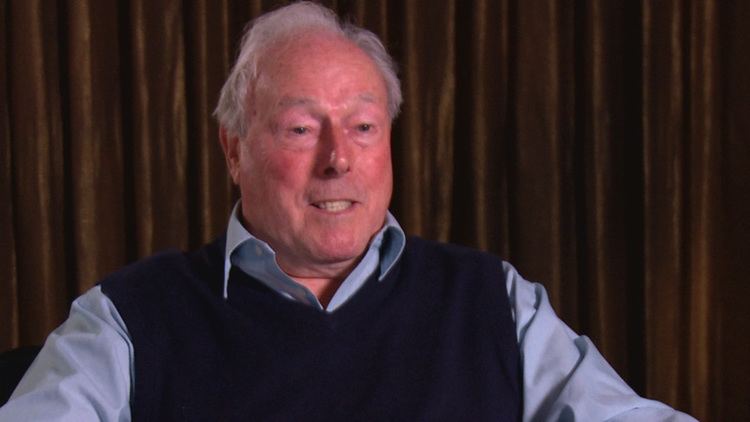 | ||
Occupation Film director, film editor, television director Notable work James Bond films (1981-1989) Movies For Your Eyes Only, Licence to Kill, A View to a Kill, Octopussy, The Living Daylights Similar People Desmond Llewelyn, Timothy Dalton, Richard Maibaum, Roger Moore, Michael G Wilson | ||
John glen interview james bond radio podcast 125
John Glen (born 15 May 1932) is an English film director, film editor, and author. He is best known for his directorial and editing work on eight James Bond films from the 1960s to the 1980s.
Contents
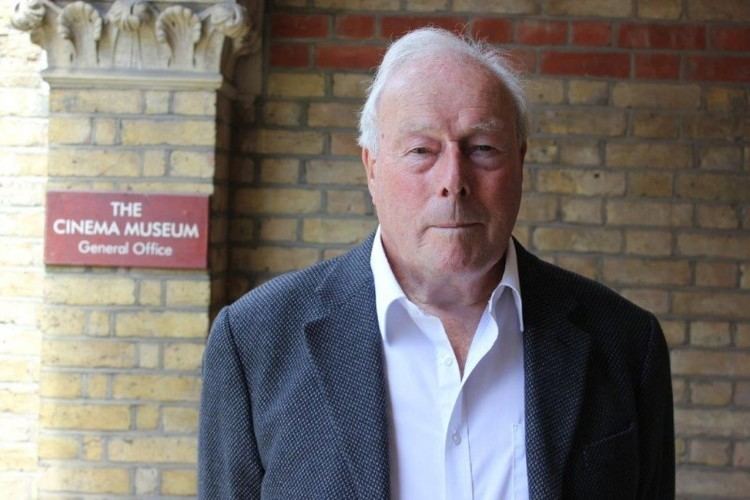
Life and career
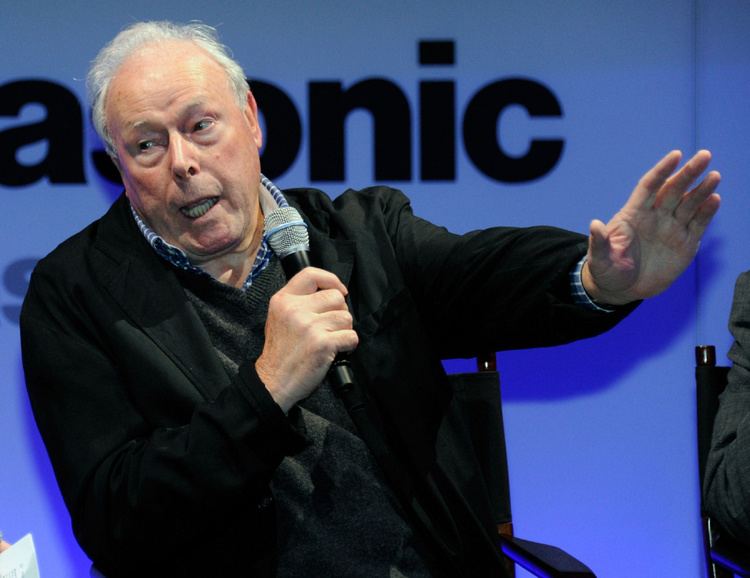
Glen had his start in the film-making industry as a messenger boy in 1945. By the late 1940s, he was working in the visual and sound editorial departments of Shepperton Studios for films produced by Alexander Korda, such as The Third Man (1949) and The Wooden Horse (1950). Moving up the ranks, Glen made his picture editorial debut on a documentary series titled Chemistry for Six Forms in 1961, and his directorial debut on the TV series Man in a Suitcase in 1968 (directing the episode "Somebody Loses, Somebody ... Wins?").
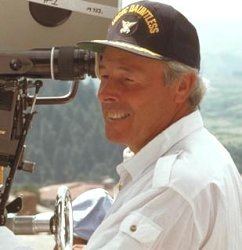
During the 1960s and 1970s, Glen served as a film editor and second unit director, working on such films as Superman (1978) and The Wild Geese (1978); he also contributed to three James Bond films: On Her Majesty's Secret Service (1969), The Spy Who Loved Me (1977) and Moonraker (1979). Following the release of Moonraker, Glen was promoted to the rank of official director of the series; he went on to direct all five Bond films of the 1980s. He holds the record for directing the most number of films in the series to date, just one film more than Guy Hamilton. The films are:
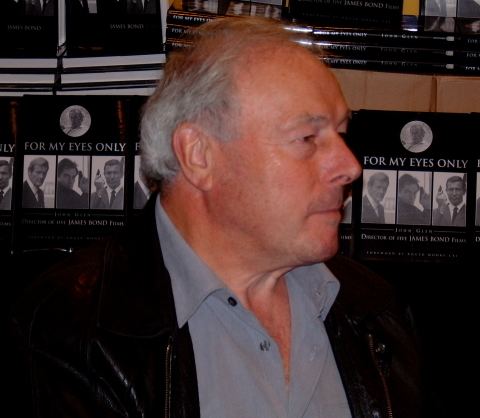
After Bond, Glen continued to direct, with credits including Christopher Columbus: The Discovery (1992) and The Point Men (2001). He also directed episodes of the science-fiction television series Space Precinct (1994–95). In 2001, he published his memoir, For My Eyes Only.
Directorial style
Glen's films contain a recurring motif in the form of a startled pigeon that makes the actor (as well as the audience) jump; it is especially noticeable in his five James Bond films. Variations exist; in some cases, the animal is a cat (A View to a Kill) or a monkey (The Living Daylights). As editor of Moonraker, Glen was responsible for creating the "double-taking pigeon", an editing trick that makes it appear as if a bird in St Mark's Square in Venice cannot believe its eyes when Bond's (Roger Moore) gondola transforms into a hovercraft. In addition, all of Glen's Bond feature a character who dies by falling from a height, in a sequence commonly accompanied by the same "male scream" sound effect.
Glen often re-used actors in his films. In his autobiography, he states that he wanted to cast Timothy Dalton in Christopher Columbus: The Discovery but that Dalton left the project before shooting commenced; Glen wonders whether – following an argument at the end of shooting on Licence to Kill – Dalton did not wish to appear in any more of his films. Several other cast members from the Glen Bond films appear in Christopher Columbus: the Discovery; among them are Robert Davi (who played Franz Sanchez in Licence to Kill), Benicio del Toro (who played Dario in Licence to Kill), and Michael Gothard (who played Emile Leopold Locque in For Your Eyes Only).
